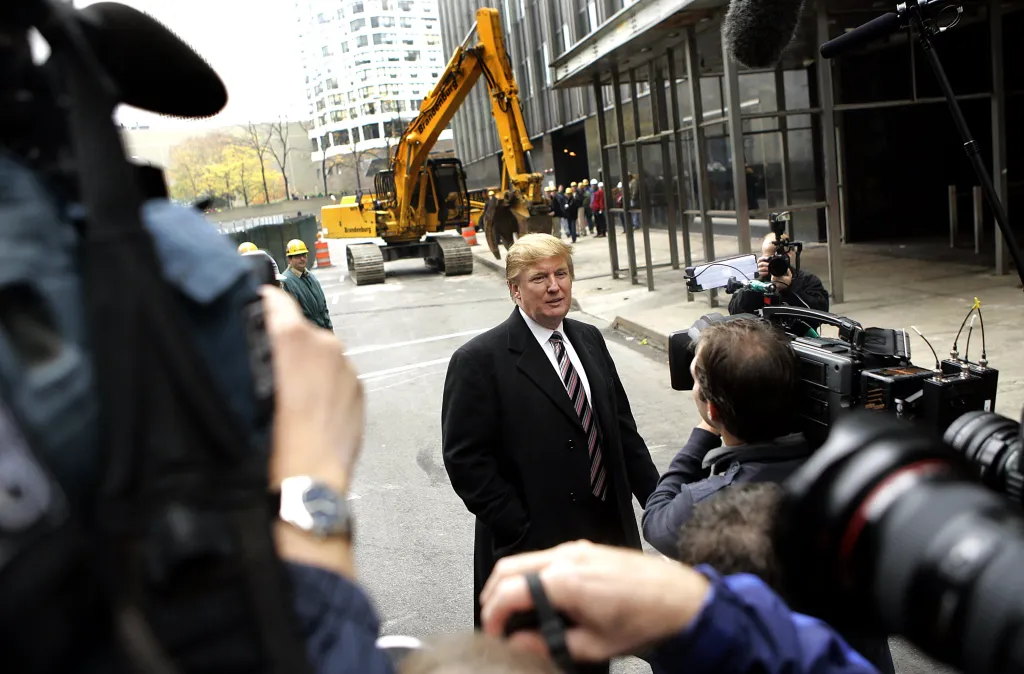Copyright tribune242

By Neil Hartnell Tribune Business Editor nhartnell@tribunemedia.net Increasing new electric vehicle sales three to four-fold to meet the Government’s targeted 50 percent market share by 2035 will be “quite a jump”, a dealer admitted yesterday, while hailing its “vision” for combating climate change. Pia Farmer, partner at Easy Car Sales, told Tribune Business that clear incentives, policies and consumer education will be critical to driving “a very rapid rate of adoption” for electric vehicles after the Government unveiled “enhanced ambitions” for these models to account for half of all new auto sales within ten years. Estimating that electric vehicles presently account for between 12-15 percent of all new auto sales in the Bahamian market, she added that legislation and guidelines dealing with “second hand imports” and battery handling/disposal will also be required, along with the potential roll-out of national public charging infrastructure. Ms Farmer spoke out after The Bahamas, in its just-released third nationally determined contribution (NDC) setting out this country’s commitments to fighting global climate change, pledged that 80 percent or four out of every five new vehicles sold by 2035 will either by fully electric or hybrid. The Government is targeting 30 percent market share for the latter. Other key pledges include renewable energy sources generating 45 percent of The Bahamas’ total energy needs by 2035, up from 30 percent just five years before, and slashing this nation’s greenhouse gas emissions by 30 percent compared to 2010 benchmark levels. The Government’s submissions, seen by Tribune Business, signal that the latter goal has been raised compared to those set out in prior Bahamian NDCs. “The Bahamas continues to advance its transition toward a low-carbon and climate-resilient future through strengthened national policies, institutional reform and renewed ambition,” the Government said in this nation’s third NDC. “Considerable progress has been made toward achieving its overarching 2030 reduction goals and contributing to the global carbon neutrality objective by 2050. Building on the progress communicated in its second NDC, The Bahamas’ third NDC demonstrates enhanced ambition through these new targets for 2035.” These goals are described as “having at least 45 percent of renewables in the national energy mix by 2035, building on the previous 30 percent by 2030 target outlined in the [second] updated NDC”. They also involve “reducing national greenhouse gas emissions by 30 percent relative to 2010 greenhouse gas emissions, revised from the business-as-usual (BaU) and 2010 levels referenced in the previous NDC”. The final objective in The Bahamas’ three headline goals is achieving “50 percent of new vehicle sales as electric vehicles, and 30 percent as hybrid by 2035, building on the previous 35 percent electric vehicles and 15 percent hybrids by 2030” target. Ms Farmer yesterday told this newspaper that the Davis administration’s revised anti-climate change targets for The Bahamas, especially when it comes to new electric vehicle sales and market penetration, is ambitious but “doable”. “Isn’t that great? I love it,” she said of The Bahamas’ revise electric vehicle targets. “My first thought is it will have to be a very rapid rate of adoption for us to hit those figures but I love the vision and I love to have that target. “It’s great for our environment, and great for empowering our people because the cost of running and maintaining an electric vehicle is much less - probably 60-65 percent less than gasoline autos. What that means is that money people spend on maintaining gas vehicles, replacing parts as well as the cost of fuel will be no longer, putting money back into the economy. “I also look at it from the point of view that every gas car we replace, we are reducing our emissions by 4.5 metric tons [of carbon dioxide] per year per vehicle. That’s going to be significant and will go to our carbon credit claim. The more we reduce our carbon footprint, the more we can reduce our use of gas vehicles, the more we can issue carbon credits. For me, that’s great news.” However, Ms Farmer warned that immediate policy action is required if electric vehicles are to triple, even quadruple, their share of all new vehicle sales within a decade or ten years. “That means going from 12-15 percent of new car sales to 50 percent, which is going to be quite a jump,” she told Tribune Business of the Government’s new goals. “It is a jump, but it’s doable and without vision we perish. It’s prudent to have an ambitious goal, an aspirational goal, and if we don’t make it, fine, we’ll make it in 2036. It’s great to have a goal and aim for it. It’s great for the environment and great for empowering people not to spend so much money on gas cars, so it’s great for our economy. “There are going to have to be some regulations, some guidelines, some incentives. I look forward to hearing about that side of things. Import duties are low-hanging fruit because we are still paying 10 percent duty plus VAT on every electric vehicle imported.” Ms Farmer added that increased new electric vehicle sales, and potential reduction in - and phase-out of - gasoline powered autos will also start to decrease The Bahamas’ fossil fuels import bill, potentially saving the country valuable foreign currency in the process. “We have to watch out for a couple of things,” the Easy Car Sales partner warned. “We have to look out for second electric vehicle imports. How old are they going to be allowed to be? I would say three years, three-five years, is a goodly amount because the technology has moved so far in the last ten years. You don’t want to import a ten year-old vehicle that is out-of-date. “There also has to be some regulation of the batteries. Authorised dealers are very responsible with electric vehicle batteries. I would encourage the Government to look at regulations for electric vehicles and batteries; it’s the whole package but, as a vision, as a goal, as an aspirational goal, I love it. Let’s go for it. The rate of adoption is going to be key. How are we going to encourage that rate of adoption? Let’s do it, but it can’t happen by itself.” Gasoline-powered autos will, though, not disappear overnight despite the Government’s climate change ambitions and will still be around in The Bahamas for decades. However, this nation’s third NDC states: “Decarbonisation of the transport sector has also been accelerated through the introduction of electric and hybrid vehicles, and opportunities for development of a public transportation system….. “Decarbonisation of the transport sector represents another major area of emissions reduction. In line with the [third] NDC’s enhanced ambition, The Bahamas aims to achieve 50 percent of new vehicle sales as electric vehicles (EVs) and 30 percent as hybrid vehicles by 2035,” the Government’s latest NDC said. “This target effectively means that only 20 percent of new vehicles sold in the country will be powered solely by fossil fuels after 2035. Significant progress has already been made toward this transition. “In 2022, the Government of The Bahamas led by example by introducing 50 BYD electric vehicles ahead of COP 27, followed by an additional 185 electric vehicles integrated into the Government fleet. To further accelerate adoption, import duties on electric vehicles have been reduced to 10 percent and 25 percent, depending on vehicle value and type.” Ms Farmer, though, said this data showed only a small portion of the Government’s entire vehicle fleet - she estimated 10 percent - is now fully electric. And she also railed against conflating fully electric and hybrid autos, arguing that the two are not the same as the latter still maintain a fuel combustion engine. The Easy Car Sales principal, noting that new electric vehicles now typically have a range of between 200-400 miles before they have to be recharged, said the provision of charging infrastructure in The Bahamas is “an important question also that needs to be answered”. She added: “If the Government is going to encourage their usage, what are we going to do about charging? Dealers like myself are currently including chargers with our cars so people can charge the car at home. That’s the most convenient choice, but not everybody can do that. “What are going to be the plans for national infrastructure for public charging? The home chargers are slower - seven kilowatts (KW). Now we have some 20 KW and 40 KW chargers out there, but if we are going to look at 50 percent of vehicles being electric maybe we have to look at further charging infrastructure. “How’s that going to happen? Is that going to be a private sector-led initiative, or will that be the Government as with street lighting? Are there any policies in place? When we set goals we need to set guidelines and support systems to create an environment where 50 percent of vehicles are electric.” Ms Farmer said around 93 percent of vehicles sold in Norway are now electric or hybrid, while in China the figure is 50 percent. The Bahamas, as one of the most exposed and vulnerable nations to climate change effects, has always been keen to do its part - and set an example - in combating global warming. However, even if its efforts succeed, little progress is likely to be made unless major polluters such as India, China and the US cut back on their emissions, and such an outcome - at least in the case of the US - is unlikely given Donald Trump’s climate change scepticism.



